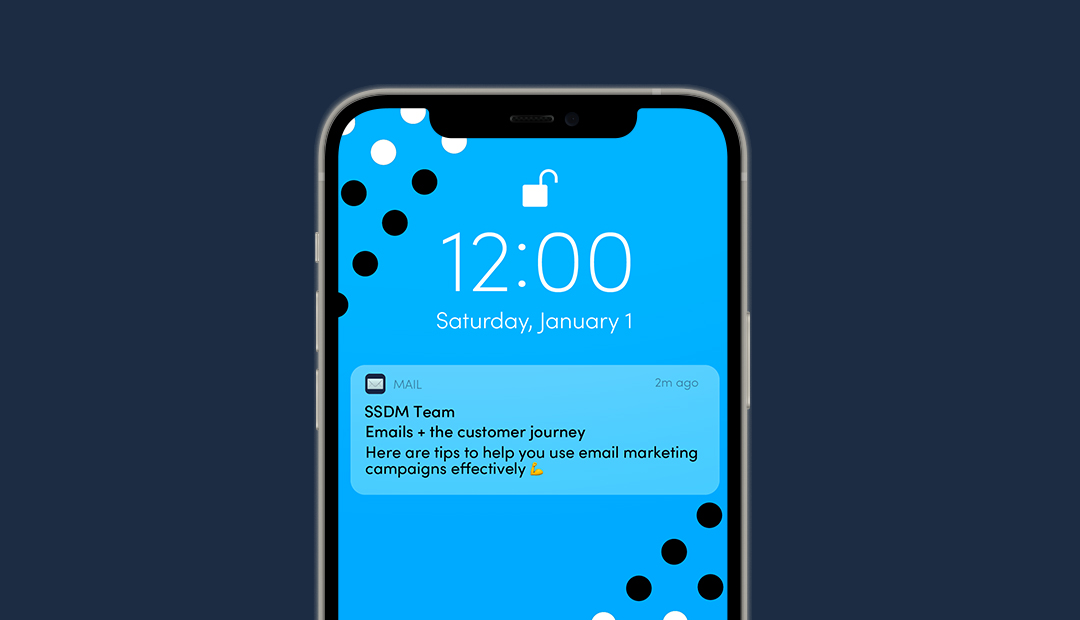Business blogs are essentially a standard practice in today’s consumer environment. While they can be a nice touchpoint for your target audience, blog posts are also an opportunity for your company to be found more easily on the internet.
A business blog post is an all-in-one tool that helps potential customers find you and current customers stay in touch with you. It allows you to provide additional information to your customers at no extra charge to them, increasing their loyalty to your company and brand as a result.
A good blog will highlight your company’s products or services and how to get the most out of them. An even better blog will offer advice above and beyond the typical search results while still providing educational value to your audience.
First things first
Now that you’re convinced you should have a business blog, how do you write one? For starters, you need to set parameters for which topics you should cover. Think about these questions:
- Is this blog for current customers or new customers?
- Are you crafting blogs for a business-to-business (B2B) or a business-to-consumer (B2C) audience?
- What is the scope of information you’re willing to cover? Broad, industry-focused topics or highly specific topics related to your products?
- What sort of tone and brand voice should you use when writing?
- How often should you post and what will your blog look like?
Plan before you write
When you have these answers squared away, you can start mapping out a month’s worth of content and play to your company’s strengths within that month. If it’s June, think about topics related to summer plans and purchase decisions. How is your brand connected to your audience during this time of year? Find out what your audience is searching for online and base your editorial calendar upon some of those ideas.
Related blog post | Using Google search trends to inform your marketing strategy
It’s also a good idea to identify content pillars and customer pain points. These will serve as categories or overarching themes for every piece of content. Think about a “team culture” pillar for new employee welcome posts or a “thought leadership” pillar to highlight your internal subject matter experts.
Plus, categorizing content is essential to making blogs more searchable and easier for your target audience to find.
Don’t write a novel
“Less is more” applies to blogging too. Your customers are inundated with content on a daily basis, so they want to find what they’re looking for as quickly as possible. Making your content “scannable” is a good way to keep readers engaged, even though it may seem counterintuitive. Readers scan for relevant info and when their eyes catch on something that grabs their attention, they tend to also read the content around it looking for context. Sometimes, that means they’ll want to go back and read the entire thing.
Make it easy to follow
The order in which you present information affects how well it will be remembered. The classic Five W’s + H (who, what, when, where, why and how) should be clearly answered near the start of your blog. This way, if someone is short on time, they can easily scan your content to find the information they need (without leaving your site to find answers elsewhere). Here’s a simple structure to follow:
- A catchy and descriptive title
- An introductory paragraph stating what the topic is and why it’s important to understand
- 3-5 subheadings with the key takeaways you want your audience to get out of the blog
- An exit paragraph summarizing the topic and providing information about how your business relates to the topic
Graphics or photos are super helpful, especially if you’re talking about a new product or explaining the benefits of a service offering. Just be sure the images are of high quality and, if necessary, you’ve given proper attribution. Bonus points if the graphics are custom and branded with your company’s colors, fonts and logo.
To keep your audience engaged, try sticking to paragraphs that are no longer than 5 lines of text. Cutting it close? Break up long paragraphs into shorter ones and incorporate quotes or bulleted lists when possible.
Stay relevant
Almost anything can become relevant with enough digging. Banks and credit unions can create blogs about summer budgeting tips while service industries can use the warm weather to highlight certain offerings. The key to a successful business blog is to plan your topics in advance, understanding what your audience expects from you, and when. Appeal to their needs with the knowledge they can’t get anywhere else.
Time to get started
Remember that a business blog post is predominantly about exposure for your brand, not necessarily selling products. Let’s be real – your customers are probably tired of advertising spam and sales pitches. Interject your products sparingly and when it makes sense. Impart real knowledge that your audiences can understand and appreciate. Now that you know how to write a business blog, don’t be discouraged if it doesn’t take off immediately.









